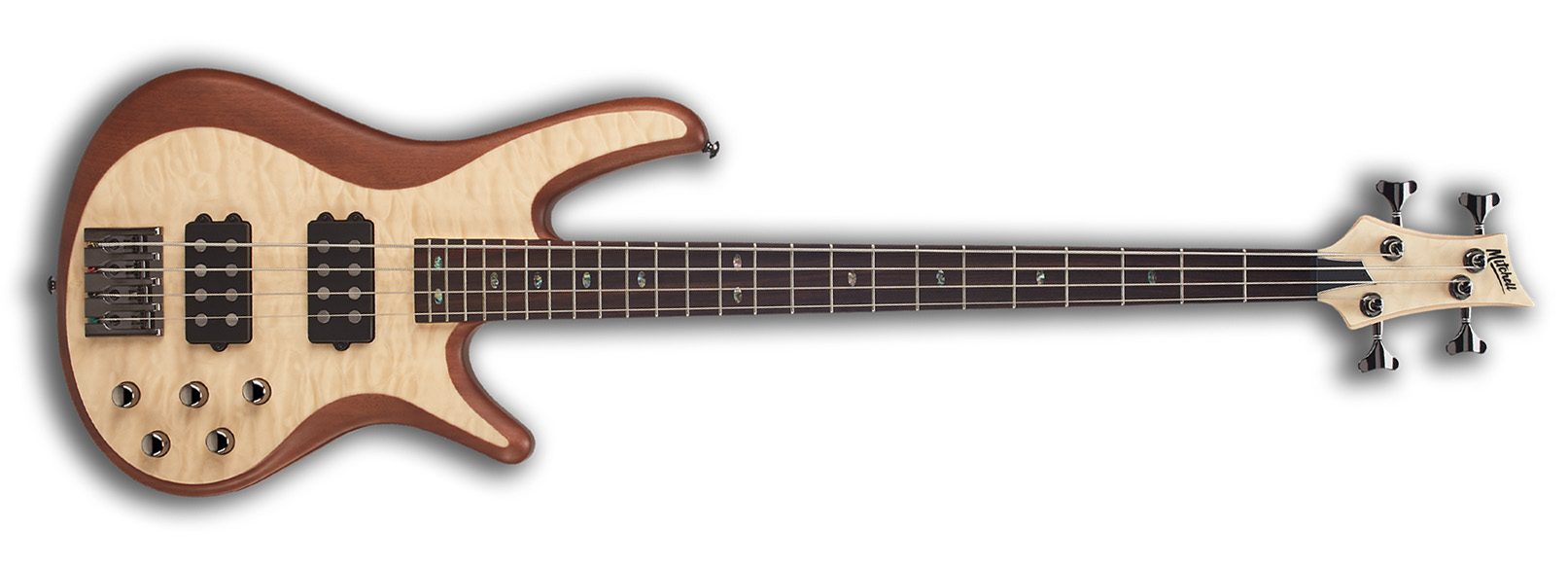Starting with a C Major Scale (C-D-E-F-G-A-B) let’s build these triads (Figure A). Playing them and putting chord names to them would give us C-Dm-Em-F-G-Am-Bdim. Try playing these as arpeggios and chords both ascending and descending (some chords might take some thought to come with up suitable fingerings).
You should be able to hear the chord progression moving, but remember these all belong to the key of C Major – C Major is the ‘tonic’ chord and sounds like home. Pedaling (or looping/holding) a C note behind this can help to keep the tonic sound in your ear.
Now why is this important you might ask? There are many good reasons. More than just knowing the notes of the scale, it can help to familiarise you with the chords from that scale. This can be useful for songwriting and creating chord progressions. Try picking chords from the aforementioned list and creating an order with them – you should get something that sounds good to your ear fairly easily. Of course, you can then use arpeggios rather than or as well as chords to break up the sound.
Figure B is an example chord progression only using the diatonic chords from C Major. This could be interpreted as C Major, G Major, D minor, F Major. Try it as a slow to medium tempo pop/rock groove.
Knowing diatonic chords can also help with playing bass lines over chords. Rather than just playing the root note, knowing the appropriate arpeggio (or chord tones) for each chord (and its tonality) can add some extra ammunition to your sound. As can be seen in Figure B, instead of just playing the root notes C-G-D-F we get some more colour and an idea of the actual chord sound when using the extra notes from that diatonic chord.
Improvising is another great use for this diatonic knowledge. Static (one chord) vamps can be fun and allow you room to really explore. Often players get stuck noodling away with just one scale without direction which can then sound a bit aimless for longer periods of time. Using/superimposing the diatonic chords and arpeggios from that key can be a great way to create colour and movement with not much extra effort.
If you’re making some headway with the triads, why not add the 7ths and create some extra colour (Figure C)? That now gives us CMaj7, Dm7, Em7, FMaj7, G7, Am7, Bm7b5. Go back and use the earlier steps again – create some chord progressions and bass lines that use more than the root note (other chord tones), try improvising over a one chord vamp (these can be any one chord from the key of C Major) and superimpose the chord/arpeggio sounds. Lots of options here, more next month!










